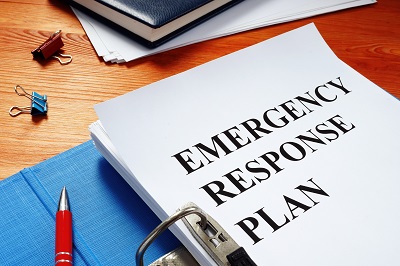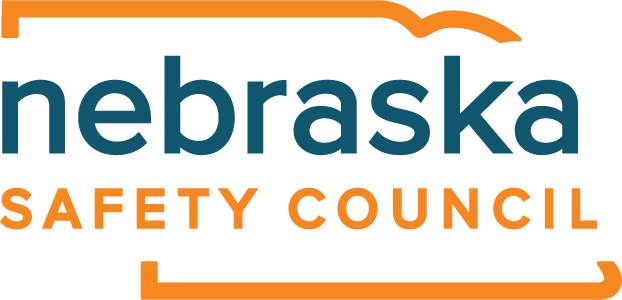Most of us probably don’t spend a lot of time thinking about how we would react in an emergency. You’re busy fulfilling your role, helping your coworkers and focusing on the day-to-day safety tasks that keep everyone healthy.
helping your coworkers and focusing on the day-to-day safety tasks that keep everyone healthy.
That’s what makes preparing for emergencies so important. You can’t – and shouldn’t – worry constantly about what will happen when a disaster or incident occurs. By preparing now, you can rest assured that your workplace is ready to handle the unexpected. An important first step is knowing the types of emergencies your workplace could face, and how to respond to them.
Here are some tips for responding to some of the most common workplace emergencies:
- Know what weather emergencies are possible in your area.
- Know where to go in each type of weather emergency.
- Remain calm.
- Be careful of debris in the aftermath.
- Take fire drills seriously.
- Know your closest exit routes and don’t take elevators.
- Leave your personal possessions behind.
- Get out of the building as quickly as possible.
- If you can flee, do so immediately; leave belongings behind.
- Find potential hiding places with cover and concealment; this will keep you hidden from the assailant and block bullets.
- If you cannot flee, hide in an area where the shooter can’t see you with the lights turned off and your phone silenced; if you are behind a door, lock it or block entry to it.
- As a last resort, try to incapacitate the shooter; keep moving and be as distracting as possible.
- In close range situations, fighting increases your chance of survival; make use of improvised weapons (e.g. fire extinguishers, chairs, staplers, etc.)
- Call 911 as soon as you can do so safely.
- To the best of your ability, be prepared to provide 911 and law enforcement with your location, the number of shooters, physical description of the shooter(s), the number and type of weapons used by the shooter(s) and the number of potential victims.
- Follow law enforcement instructions; in the absence of other instructions keep your hands raised, visible and free of any objects.
The types of emergencies your workplace may face are not limited to these three. From power outages to chemical exposures, think about every kind of incident your workplace may face and how to respond to each one.
Source: Resources are provided by NSC.
